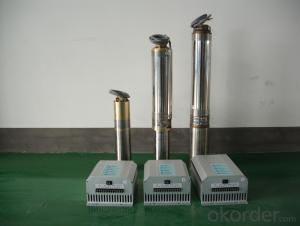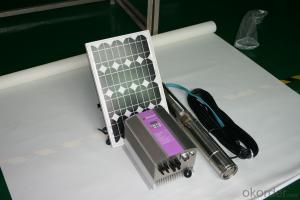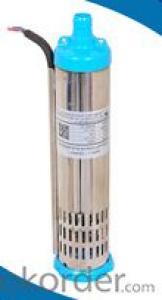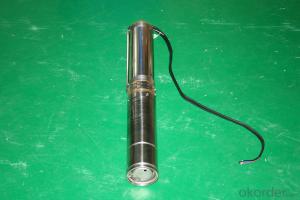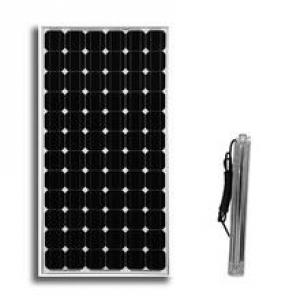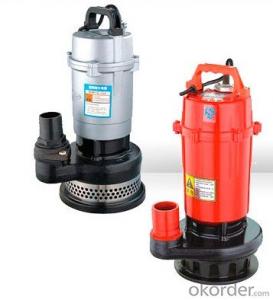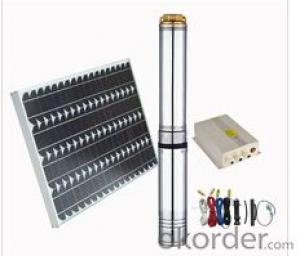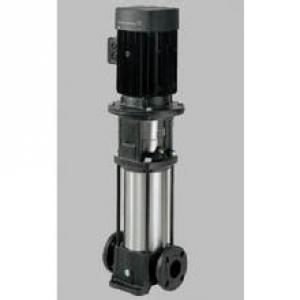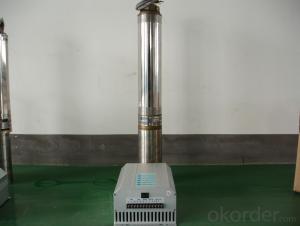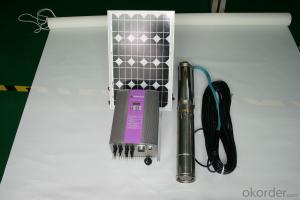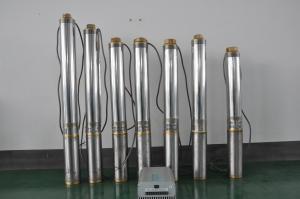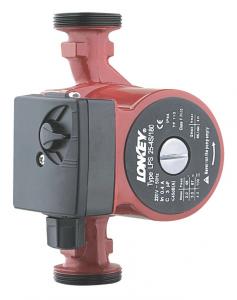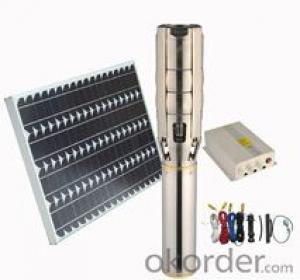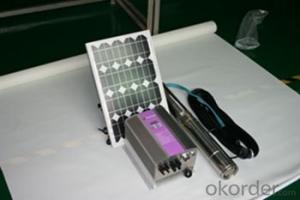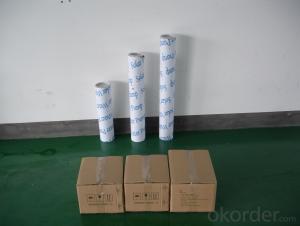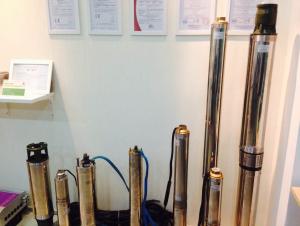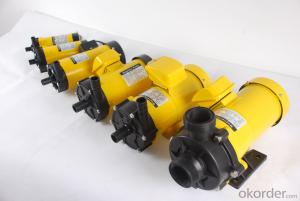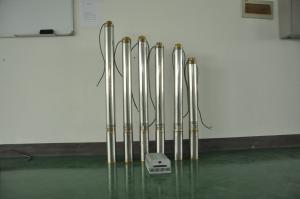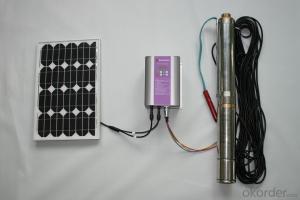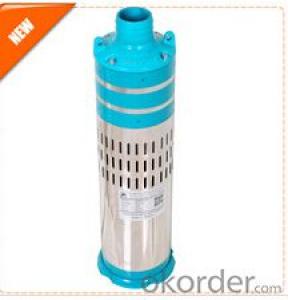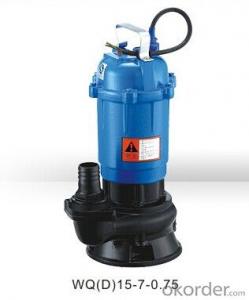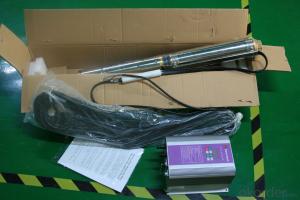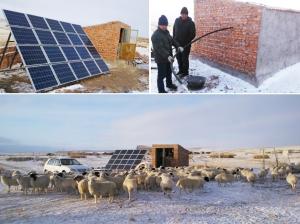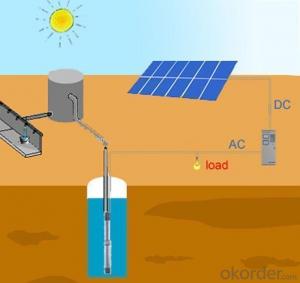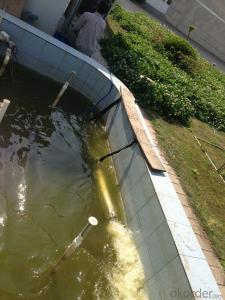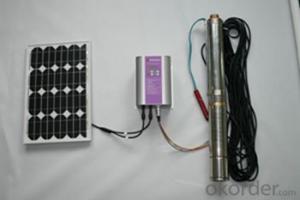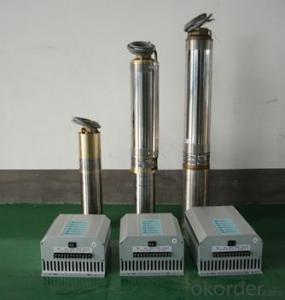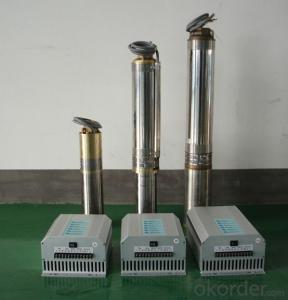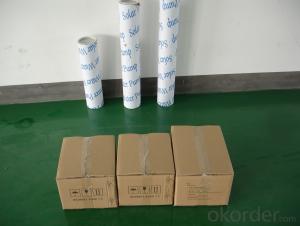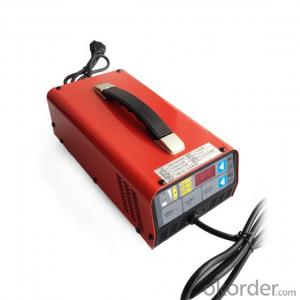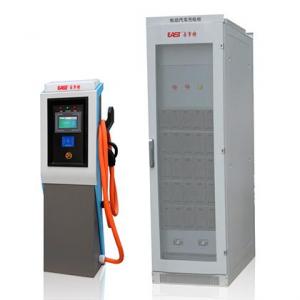Grundfos Solar Water Pumps
Grundfos Solar Water Pumps Related Searches
Grundfos Solar Inverter Solar Water Pumps South Africa Water Pump Solar Inverter Grundfos Rsi Solar Inverter Solar Water Pump Philippines Pump Inverter Solar Inverter Pump Solar Inverter Solar Pump Solar Cattle Watering Systems Solar Pump Inverter Centrifugal Water Pump Centrifugal Pump Water Small Centrifugal Water Pump Solar Pump Inverter Invt Rooftop Solar Water Heater Fraunhofer Solar Cells Swimming Pool Air Pump Ac Solar Pump Inverter Solar Air Module Invt Solar Pump Inverter Solar Power Energy Systems Solar Power Module Compact Solar Cells Larens Solar Pump Inverter Hober Solar Pumping Inverter Danfoss Solar Inverter Solar Module System Growatt Solar Pump Inverter Camping Air Pump Photovoltaic Solar CellsGrundfos Solar Water Pumps Supplier & Manufacturer from China
Grundfos Solar Water Pumps are a range of eco-friendly and sustainable water pumping solutions that utilize solar energy to power the pumps. These pumps are designed to provide an efficient and cost-effective way to transfer water for various purposes, such as irrigation, livestock watering, and domestic water supply. The Grundfos Solar Water Pumps are engineered with advanced technology, ensuring optimal performance and reliability even in challenging environmental conditions.The application and usage scenarios for Grundfos Solar Water Pumps are vast, making them a versatile choice for a wide array of industries and settings. They are particularly beneficial in remote areas where access to electricity is limited or unreliable, as they harness the power of the sun to operate. This makes them an ideal solution for agricultural operations, where water supply is crucial for crop irrigation, as well as for rural communities that require a dependable source of water for daily use. The Grundfos Solar Water Pumps are also suitable for use in areas prone to power outages, ensuring a continuous water supply even during emergencies.
Okorder.com is a leading wholesale supplier of Grundfos Solar Water Pumps, offering a comprehensive inventory to cater to the diverse needs of customers worldwide. With a strong commitment to quality and customer satisfaction, Okorder.com ensures that the Grundfos Solar Water Pumps they provide meet the highest industry standards. Their extensive stock allows customers to find the perfect pump for their specific requirements, whether it's for a small-scale farm or a large-scale irrigation project. By partnering with Okorder.com, customers can benefit from competitive prices, prompt delivery, and excellent after-sales support, making the procurement of Grundfos Solar Water Pumps a hassle-free experience.
Hot Products
